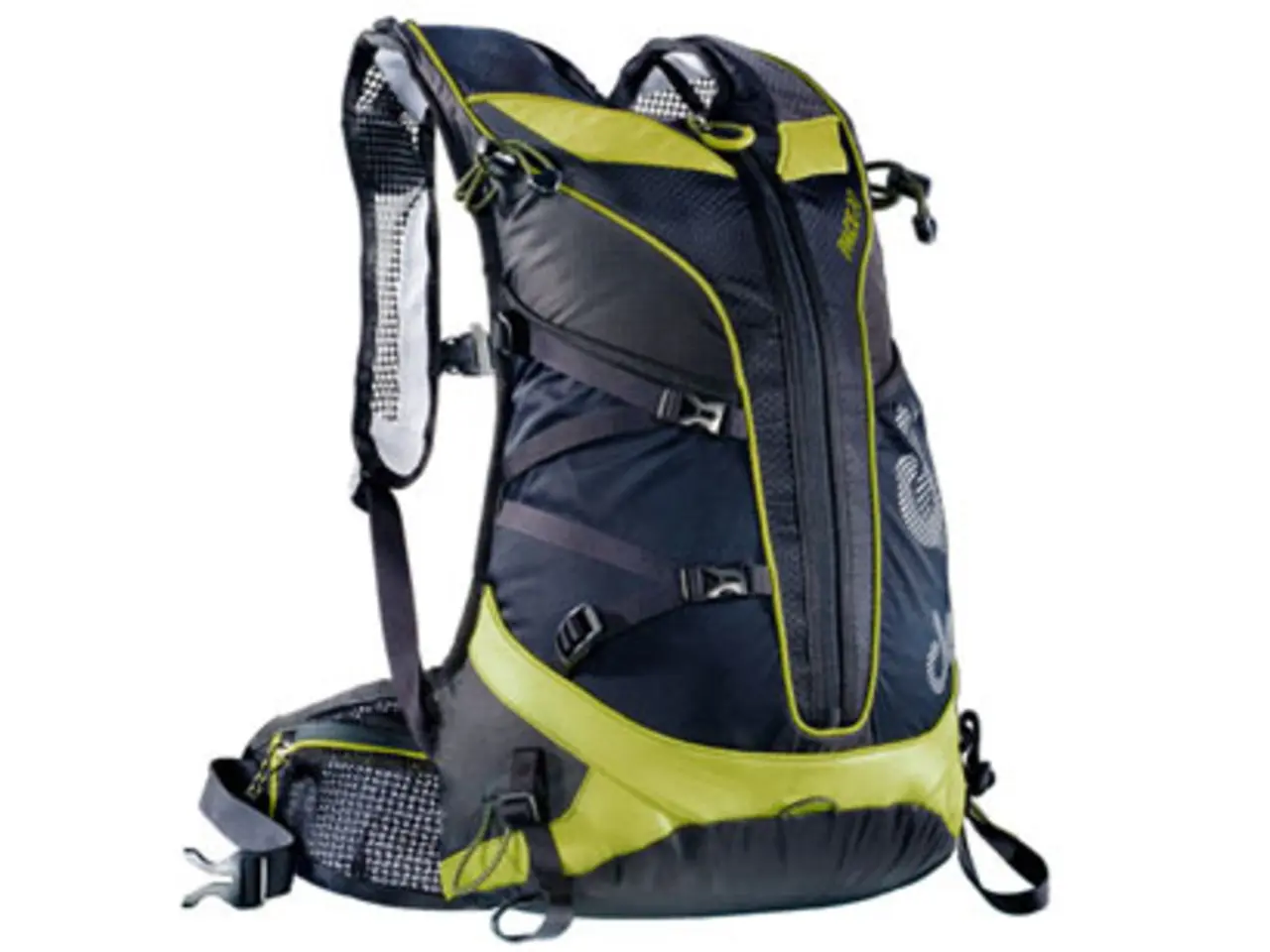Updated Airport Safety Measures at Dublin: An Overview of Their Impact on Passengers
Dublin and Cork Airports are set to become some of the most technologically advanced in Europe, thanks to a new investment by the Dublin Airport Authority (DAA). The DAA has introduced advanced security scanners at Dublin Airport, and plans to roll out the same technology at Cork Airport later this month.
The new security measures aim to offer a smoother and more convenient experience for millions of travellers each year. Under the new rules at Dublin Airport, liquids, gels, and electronic devices can remain inside hand luggage during security screening. The long-standing 100ml restriction on liquids and gels has been relaxed, and passengers can carry items of up to two litres of liquids. Liquids no longer need to be packed inside clear plastic bags, and there is no limit on the number of such items.
The 'C3' scanners, installed across both terminals at Dublin Airport, generate detailed 3D images of hand luggage. This allows security staff to identify the contents of bags more accurately, reducing wait times significantly. During peak summer months, 96% of passengers proceed through security in under 20 minutes.
Preparing for security in advance, by removing items from pockets and being ready for screening, can help prevent delays for passengers at Dublin Airport. Removal of belts, footwear, jackets, hoodies, and oversized jumpers or cardigans is still required during security screening. All items from pockets, including keys, wallets, and phones, must still be removed during security screening.
Other security checks, such as random secondary screenings, remain in place at Dublin Airport to maintain high safety standards. Passengers flying from airports other than Dublin should check local liquid rules before traveling, as many European airports may not yet have fully implemented the advanced CT scanners that make the 100ml liquid rule largely unnecessary.
At Cork Airport, a new mezzanine floor over the existing Arrivals concourse will house a larger security area with C3 scanners. The airport has installed 30 'C3' scanners across both terminals, aiming to replicate the success of Dublin Airport's new security procedures.
The new EU security rules allow passengers to carry up to two liters of liquids in hand luggage if the baggage is scanned with advanced CT scanners that distinguish liquids from explosives. However, it is essential to note that not all European airports have fully implemented these scanners, so the traditional 100 ml liquid restrictions often still apply.
These advancements in security technology at Dublin and Cork Airports mark a significant step towards enhancing the passenger experience, making travel more efficient, and positioning Ireland's airports among the most technologically advanced in Europe.
Read also:
- Unusual Trivia About Creatures, Cosmos, Past, and the Physical Human Form
- Unspoken Power Consumers
- Jerry Greenfield, co-founder of Ben & Jerry's, expresses feelings of being torn apart and muzzled before his resignation, as reported by his fellow co-founder.
- Discovered: Ages-Old Creature Concealed Within Its Shell, Unveiled Upon Breakthrough




